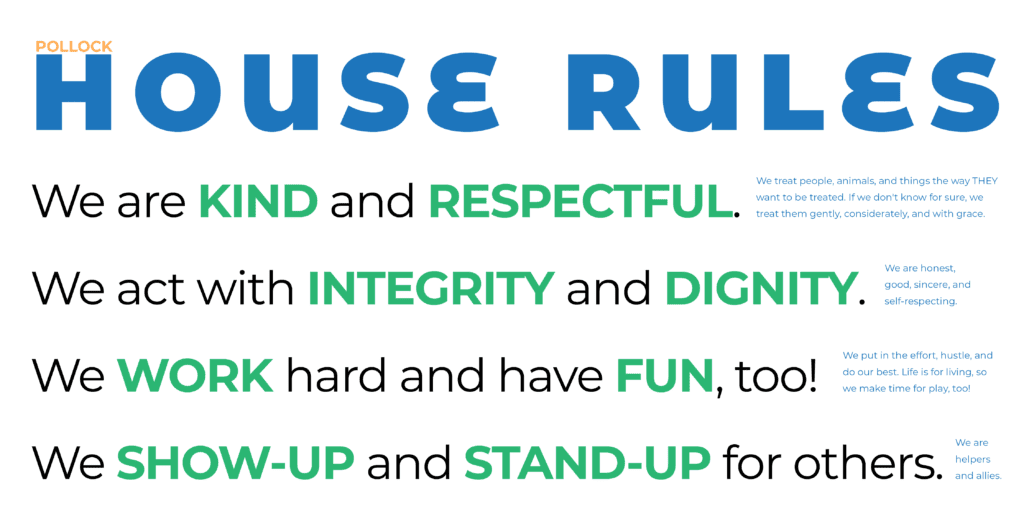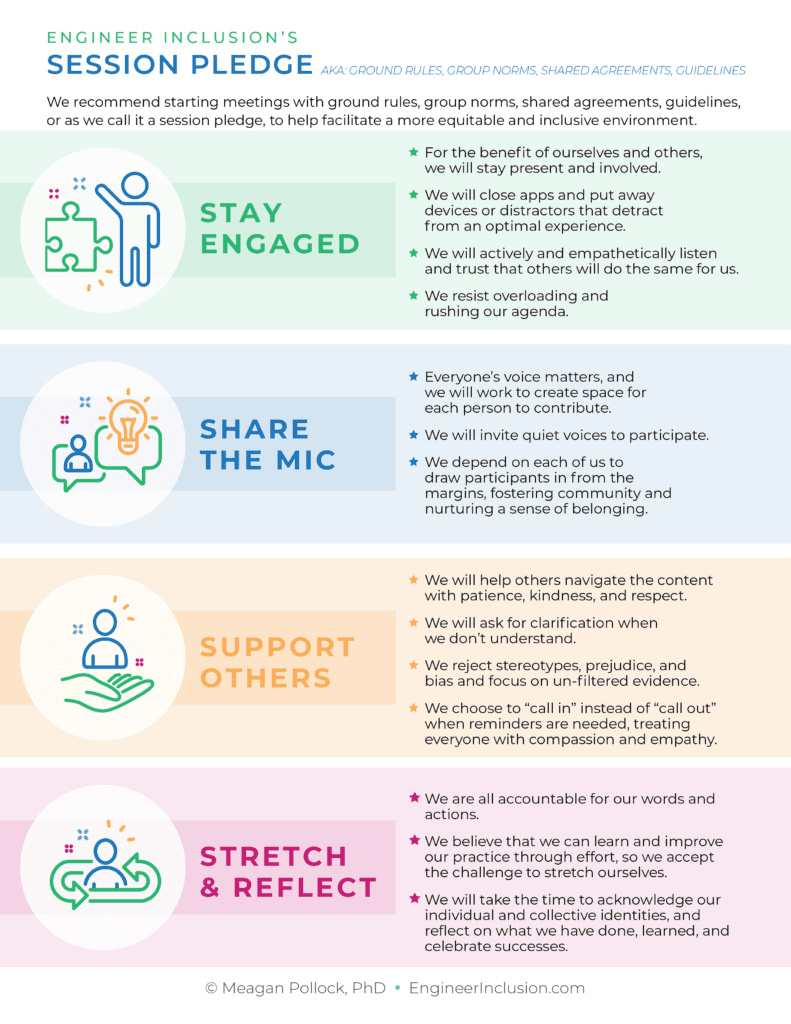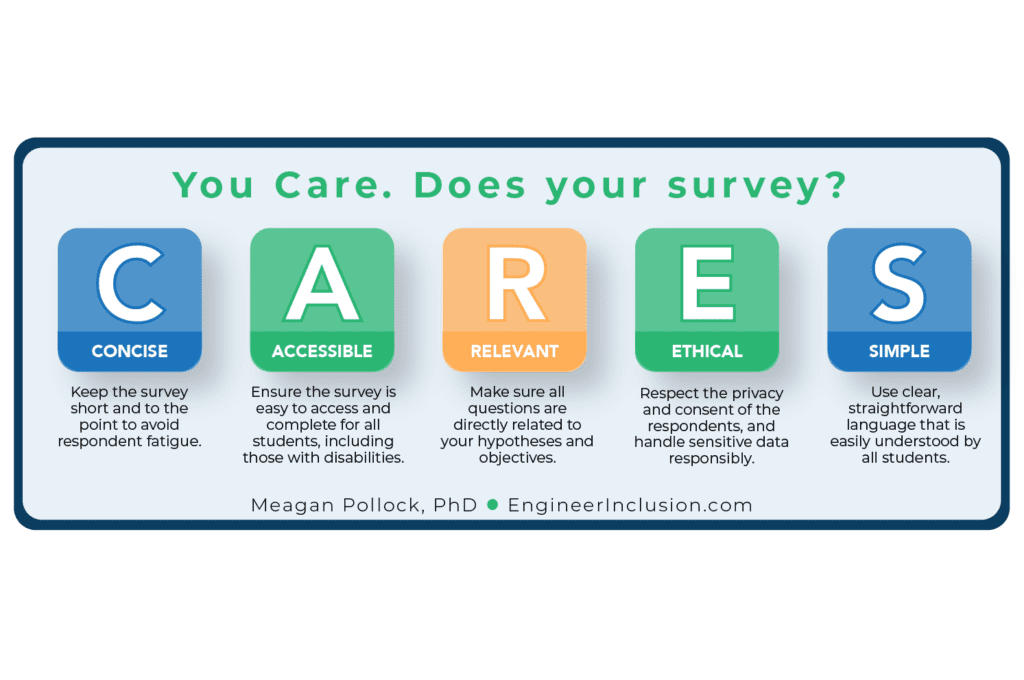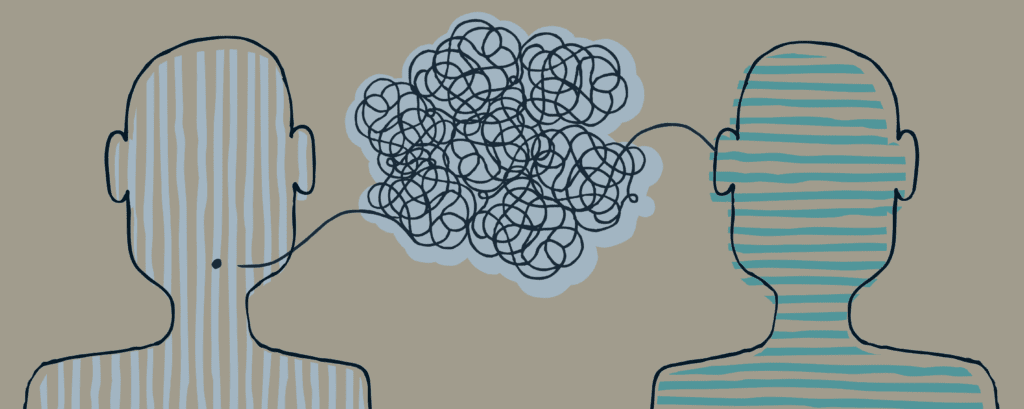When creating equitable and inclusive workplaces, policies that attempt to force compliance aren’t effective, but rather creating a culture that nurtures self-regulation can drive positive change and meaningful results. In this post, I reflect on a required exercise to define my “house rules” for adoption and relate them to the workplace.
One of the requirements in preparing for adoption (particularly for a teenager) is to define my “house rules.” When I asked my mom for advice, the first rule that came to her mind was “Make your bed every day.” A bit conflicted, I chuckled and replied, “does that matter?” I make my bed most of the time, but some mornings are so fast that it doesn’t get done.
Retired United States Navy four-star Admiral William McRaven famously said, “If you want to change the world, start off by making your bed.(1)” I agree with his sentiment, as it is a great way to start your day with a simple accomplishment, but do I want it to be a rule in my house? If it is a rule in which I require compliance, there must be a consequence for not doing it. Am I willing to hold myself to that standard? While it may be an expectation, the answer is no.
Since I do not want to be the kind of parent that says, “do what I say, not what I do,” I am not inclined to set rules for my house that I’m not willing to commit to—the same for me as a leader or manager. Certainly, there will be expectations that are unique to my child, but since I strive to be a servant leader, I can’t, in good conscience, command, expect, or require others to do something I’m not willing to do.
Compliance vs. Self-regulation
Honestly, I don’t even love rules, preferring guidelines and norms. As a child and young adult, however, I was very obedient and responsive to rules, knowing that compliance was rewarded with approval. That eventually wore off, because in the end, compliance shouldn’t be the goal, but rather self-regulation. Zimmerman (2) defines self-regulation as “self-generated thoughts, feelings, and behaviors that are planned and cyclically adapted based on performance feedback in order to attain self-set goals.” It is one’s ability to manage behaviors, including setting goals and defining and enacting strategies to attain those goals.
Essentially, self-regulation answers the following questions, with examples:
- What am I trying to achieve? (Goal-setting: I want to be an inclusive leader.)
- What do I need to do to meet my goal or objective? (Planning: I will complete the Inclusive Leadership Reflection Tool with a Strengths-based Growth Continuum. I will do a 360º review to understand how I am doing. I will create a learning and action plan…)
- How am I doing? (Reflection-on-Action: I will review my action plan monthly.)
- What do I need to adjust to improve? (Modification: I am not meeting my goal in this area. Based on feedback, I need to make adjustments and focus on this area.)
When creating equitable and inclusive workplaces, policies that attempt to force compliance aren’t effective, but rather creating a culture that nurtures self-regulation can drive positive change and meaningful results.
Whereas compliance thus concerns adherence to a specific directive, request, or rule to be followed, self-regulation concerns whether children engage in appropriate behaviors when not explicitly asked.
Grolnick, W. S., & Farkas, M. (2002). Parenting and the development of children's self-regulation. Handbook of parenting, 5(2), 89-110.
Does a list of Don'ts motivate and inspire?
So with the tension described above, the task of making house rules lingered on my to do list for a couple of months. I’ve bristled at this exercise as I’m not too fond of most examples with lists of DOs and DON’Ts.
When I search for what other adoptive/foster parents use, I come up with long lists of things like:
- no violence
- no drugs, nicotine, or alcohol
- no skipping school
- no leaving things sitting around
- no electronics after curfew
- no food in the bedrooms
- no yelling
- no stealing
I don’t disagree, but do these rules inspire and motivate? I don’t think so, and they also don’t help people learn how to live, or rather how to self-regulate.
I also considered Theraplay’s three simple rules: No Hurts, Stick Together, and Have Fun(4), but since I am adopting a teen, I want something a little meatier than these three straightforward phrases.
Take a minute to reflect
- What kinds of compliance based policies or lists of dos and don'ts do you have in place at your organization? (Particularly related to diversity, equity, inclusion, and belonging.)
- What kinds of metrics do you track?
- Do compliance based policies drive self-regulation and long-term behavior modification?
Some may consider me naive, but I want to start with more values-focused and identity-developing guidelines that teach, motivate and instruct rather than command and demand compliance. I choose this same strategy for my clients and workshop participants.
- Fortunately, research is on my side. Read this excerpt about self-determination theory, simply defined as each person's ability to make choices and manage their own life:
Self-determination theory provides a framework for understanding how children develop toward increasingly autonomous self-regulation. This theory suggests that internalization of values, behaviors, and attitudes in the social surround is a natural and spontaneous process, part of the organism's innate propensity toward mastery. However, the process is also subject to the facilitating or undermining effects of the social context. Three contextual dimensions—autonomy support, structure, and involvement—have been identified as key facilitators of intrinsic motivation and the internalization process.
Grolnick, W. S., & Farkas, M. (2002). Parenting and the development of children's self-regulation. Handbook of parenting, 5(2), 89-110.
Reasons for Non-compliance
Why do people not follow rules? A deficit mindset could lead us to make claims of subordination, or apply false attribution bias errors. Carthey et. al. (5) outline five reasons to explain non-compliance, or why people break the rules:
- Information Overload (too many rules!)
- Multiple rules on the same topic (conflicting rules)
- Length and complexity (confusing rules)
- Trivial “knee jerk” policies (meaningless rules)
- Naming and accessibility (jargon-y rules)
Crafting "House Rules"
So, with all of this in mind, I started brainstorming things that are important to me and things that I want to teach my future children. I began listing keywords and then paired them to make powerful phrases. I added a few more words and nuance to expound a bit (constrained by margin space in the graphic I created, shown below). Here’s what I came up with:
We are KIND and RESPECTFUL.
We treat people, animals, and things the way THEY want to be treated. If we don't know for sure, we treat them gently, considerately, and with grace.
We act with INTEGRITY and DIGNITY.
We are honest, good, sincere, and self-respecting.
We WORK hard and have FUN, too!
We put in the effort, hustle, and do our best. Life is for living, so we make time for play, too!
We SHOW UP and STAND UP for others.
We are helpers and allies.
Applying this to the workforce
As I finished the list and submitted it to the agency, I realized these are great rules for us all to strive for and live by!
Take a minute to reflect
- What would you add or change?
- How would our workplaces change if we operated and held one another accountable to similar rules?
- What would it take to employ guidelines like these for your team?
Once my future child is placed with me, I aim to co-create guidelines and rules for our home with them, similar to how I do when creating group norms or shared agreements with workshop participants. I want them to have as much agency and choice as possible in how we operate. I recommend you do this with your teams, too.
try this...
What are group norms or shared agreements? (And why are they important?)
Additional Readings
References
- McRaven, William. Make Your Bed: Little Things That Can Change Your Life…and Maybe the World. https://amzn.to/3TQOeYa
- B. J. Zimmerman, “Attaining self-regulation: a social-cognitive perspective,” in Handbook of Self-Regulation, M. Boekaerts, P. R. Pintrich, and M. Zeidner, Eds., pp. 13–39, Academic Press, San Diego, Calif, USA, 2000.
- Grolnick, W. S., & Farkas, M. (2002). Parenting and the development of children’s self-regulation. Handbook of parenting, 5(2), 89-110.
- Theraplay Institute Sunshine Circles
- Carthey, J., Walker, S., Deelchand, V., Vincent, C., & Griffiths, W. H. (2011). Breaking the rules: understanding non-compliance with policies and guidelines. Bmj, 343.
- Casey, A. J., & Niblett, A. (2016). The death of rules and standards. Ind. LJ, 92, 1401. https://www.repository.law.indiana.edu/cgi/viewcontent.cgi?article=11261&context=ilj
- Why Compliance Programs Fail—and How to Fix Them, The key to success is better measurement. by Hui Chen and Eugene Soltes.













